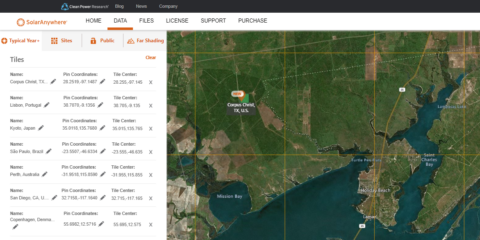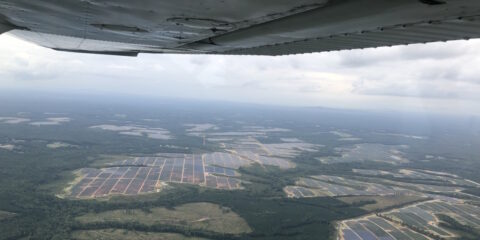Satellite-derived solar irradiance data are known to underestimate temporal variability compared to point measurements...
Reduce uncertainty with higher-resolution typical year solar resource data
Typical year irradiance datasets (TGY, TDY) summarize solar resource at a location. This data is generated to reflect the most probable (P50) monthly total irradiance, based on a long history of solar resource. SolarAnywhere calculates typical year data from a maximum...


